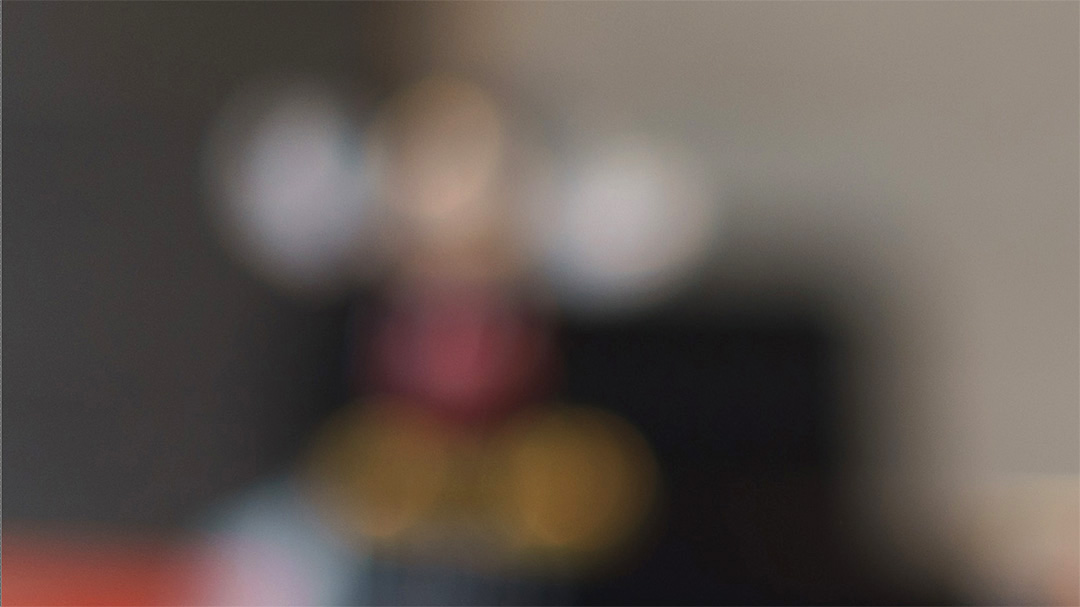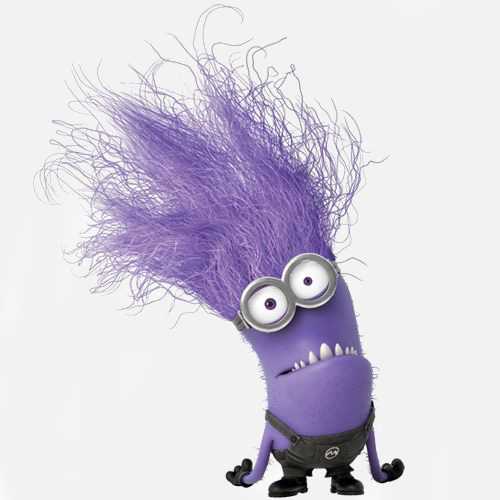Sony RX1R 35mm f2.0 versus A7RII with 28mm F2.0 and 35mm F2.8 - Out-of-Focus Comparison
Marc Heijligers, 21-02-2016On this page you’ll find some crops of the out-of-focus scene for detailed comparison between the OoF rendering of both lenses.
Summarized Results
Although the RX1R may not have the most creamiest bokeh for all cases, the bokeh balls always render smooth and solid, and the results are always pleasing. For the size and weight, it is the best cream machine you can get. Given the fact that you can also put the lens in macro mode, you can get very close to your subject and render the background very creamy. All ’n’ all, this implies there is no equivalent to the RX1R if it comes to consistency (never disappoints) and size/weight.The lens that renders least creamy and more busy is the 35mm F2.8. The 28mm F2.0 renders similar to the RX1R, and depending on the exact scene and distances can give a bit more creamy results. The bokeh balls can be somewhat busy though. If you use a lens with a larger focal length (e.g. Sony FE 55mm F1.8 or Zeiss Batis 85mm F1.8) or a larger aperture (e.g. a Sony or Sigma 35mm F1.4), you can get even more creamy results. Hence, if bokeh is your non-compromise thing, I would suggest to take some weight and size as a penalty.
Test Conditions
Both lenses are tested using an A7RII on a tripod. Photos have been made with Steadyshot turned OFF, Silent Shooting turned ON, and a timer (but the differences are hardly visible with complementary settings in this specific setup). Pictures are taken in RAW, and processed in Lightroom with the Camera Neutral setting, and with Lens corrections enabled.There are two scenes. The first scene with lampshades and out-of-focus objects (see left picture below) The focus point is on the orange lens box. The scene contains some out-of-focus elements, the main ones are:
- Lampshades with small holes, creating small light sources.
- Test image on the computer
- Painting with colors on the back
As both lenses have a different perspective, the camera was setup such that the lampshades were roughly at the same place in the scene with the same perceived size, hence for the 28mm lens the camera was a bit closer to the lens box. Besides the full picture showing the overall rendering, a crop is taken at the lights sources in the lampshades, to study the shape and content of the bokeh balls.
A second scene is with a Mickey Mouse puppet out of focus (see right picture below), gently illuminated so that we can study the different colored bokeh balls and how they interact.
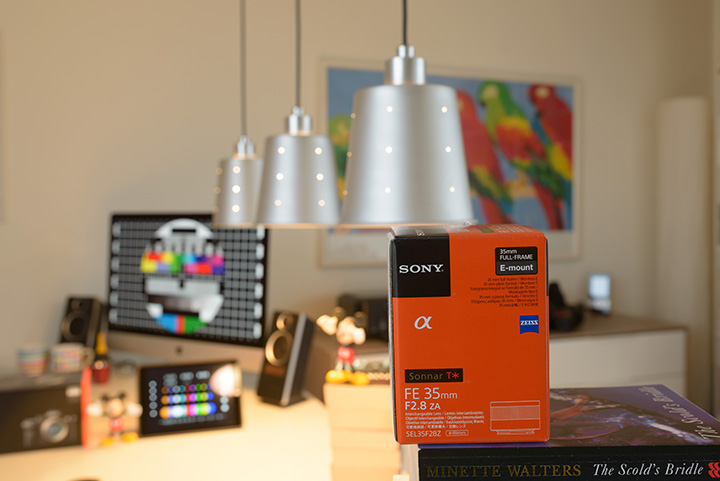

Detailed Comparison
Use the filter button below to select which cases you want to see and compare in detail (the buttons will limit the selection), and use the slider to compare the Sony (on the left) and the Sigma (on the right).-
Bokeh f2.0 (left the 28mm, right the RX1R) - Although the size of the bokeh balls is bigger, you see that the bokeh balls of the 28mm F2.0 lens contain very visible onion rings. The RX1R renders much smoother.
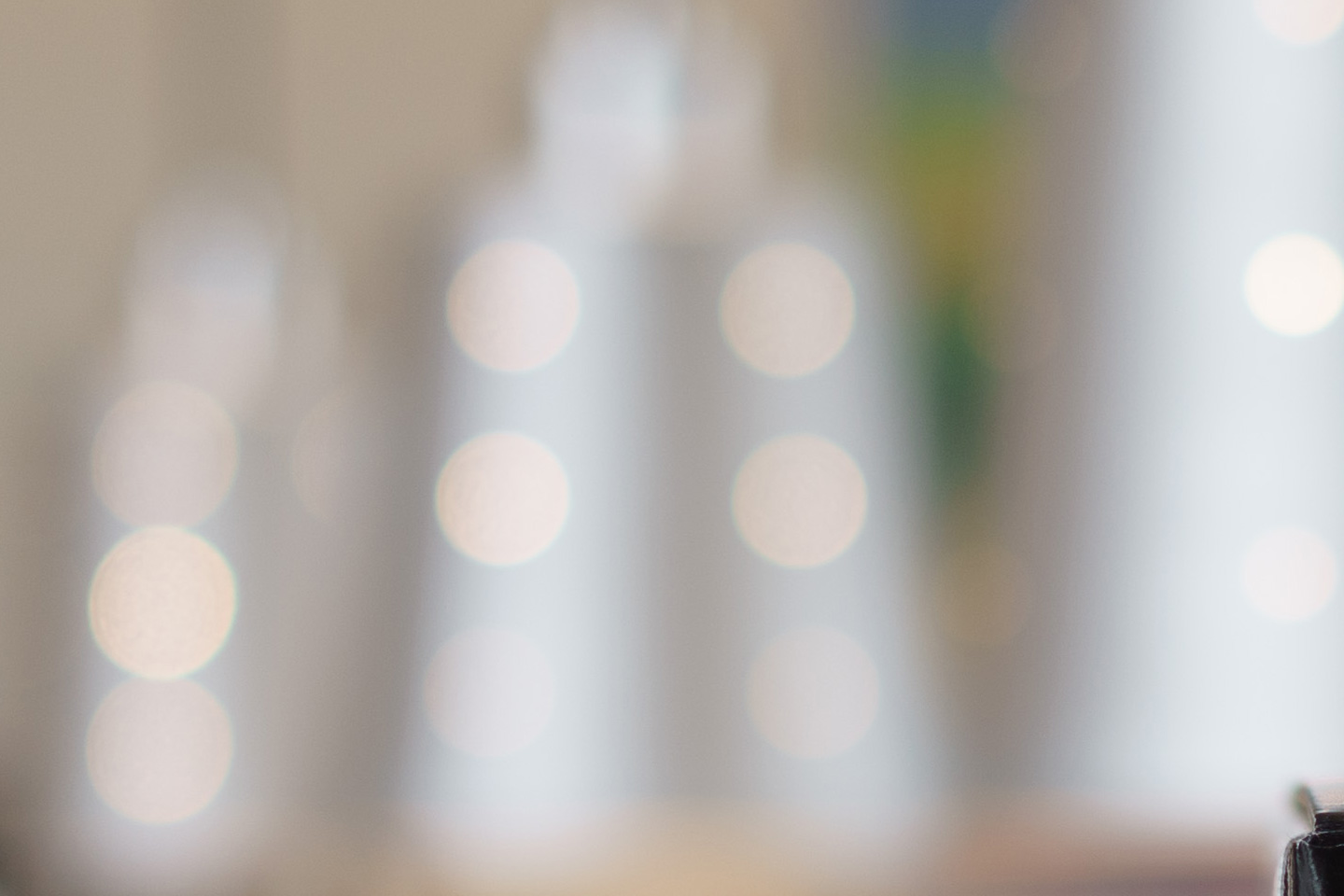
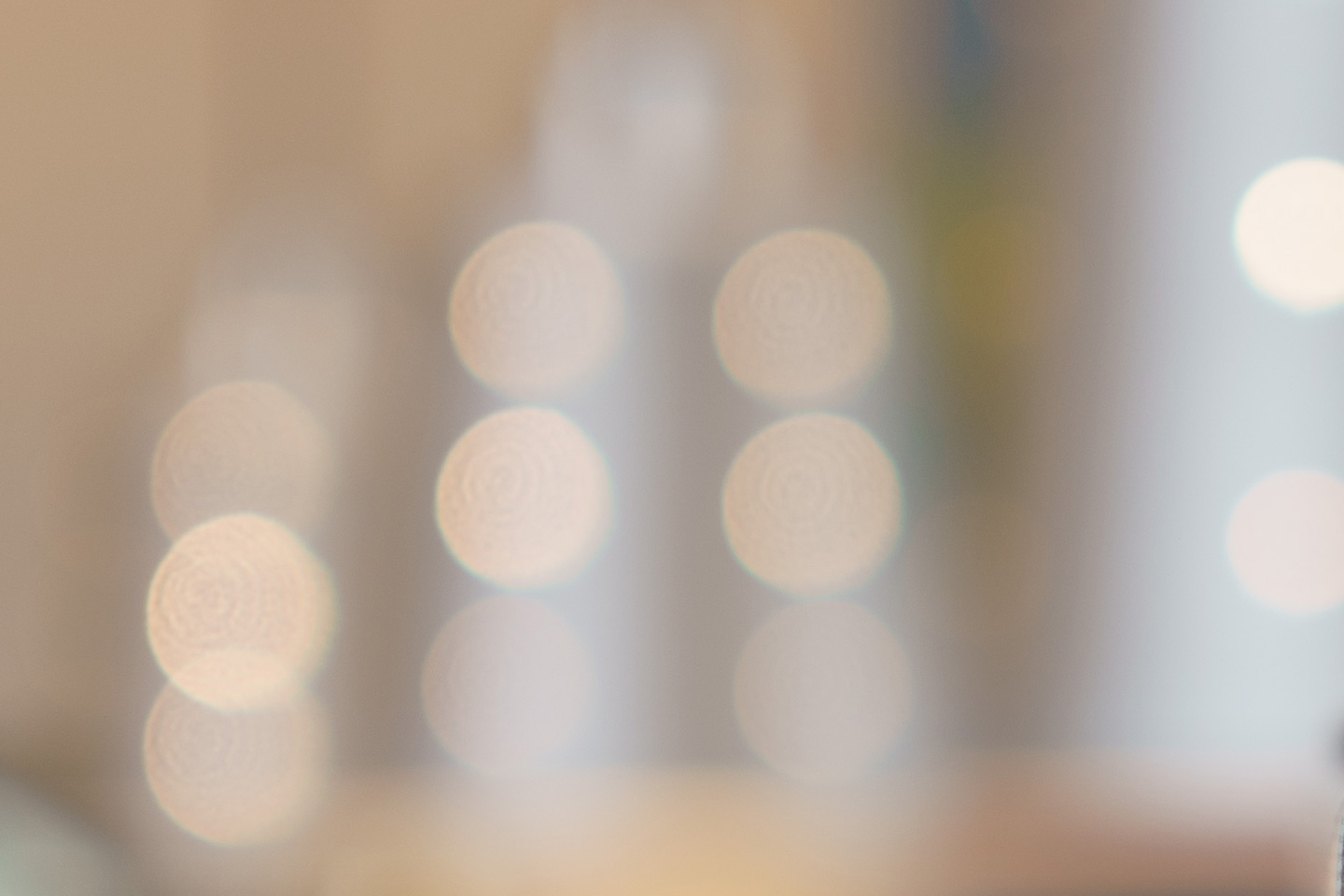
-
Bokeh f2.8 (left the 28mm, right the RX1R) - The same as with f2.0; the size of the bokeh balls for the 28mm F2.0 are bigger, but contain very visible onion rings, and for this aperture are also more “edged”. The RX1R renders much smoother.
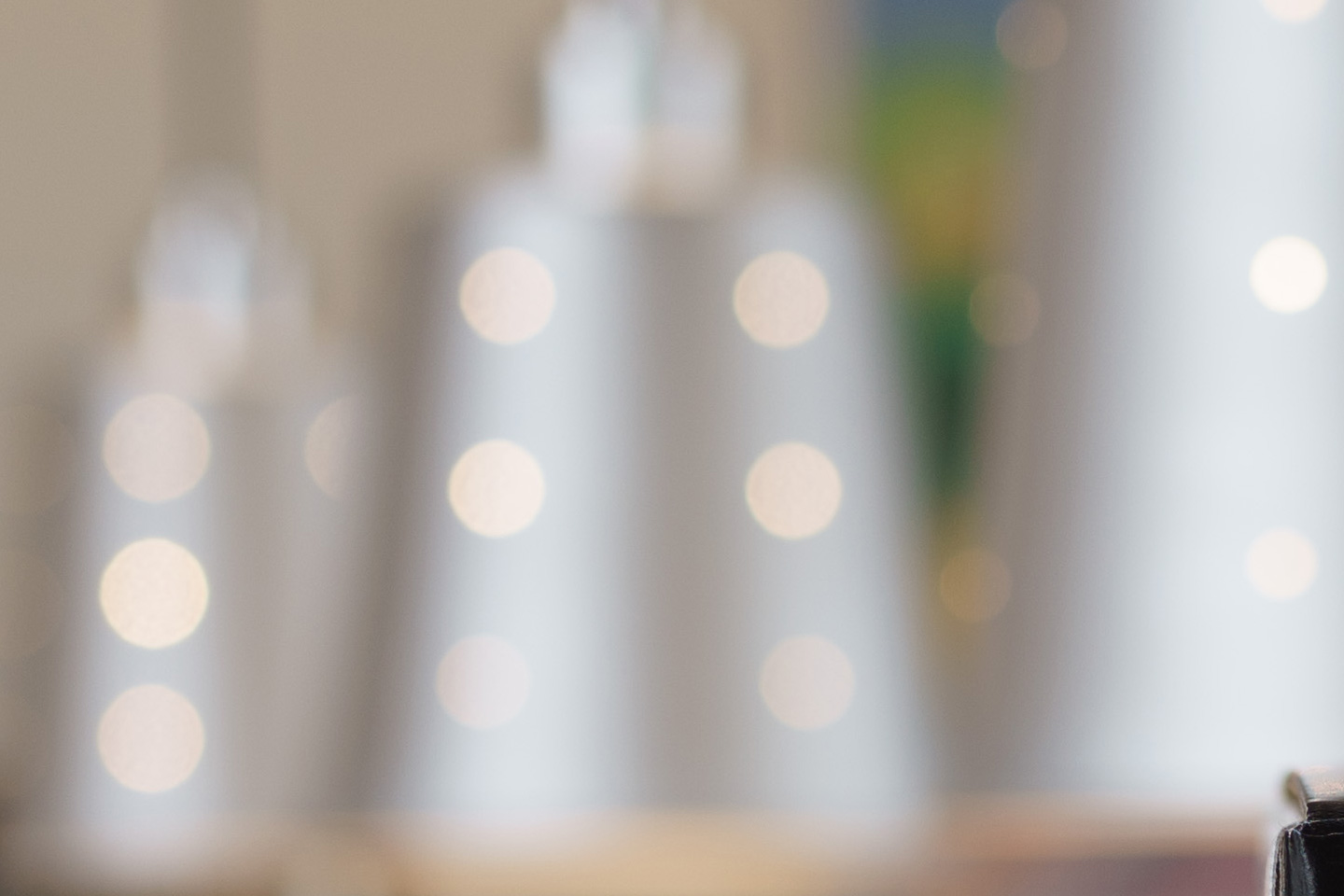
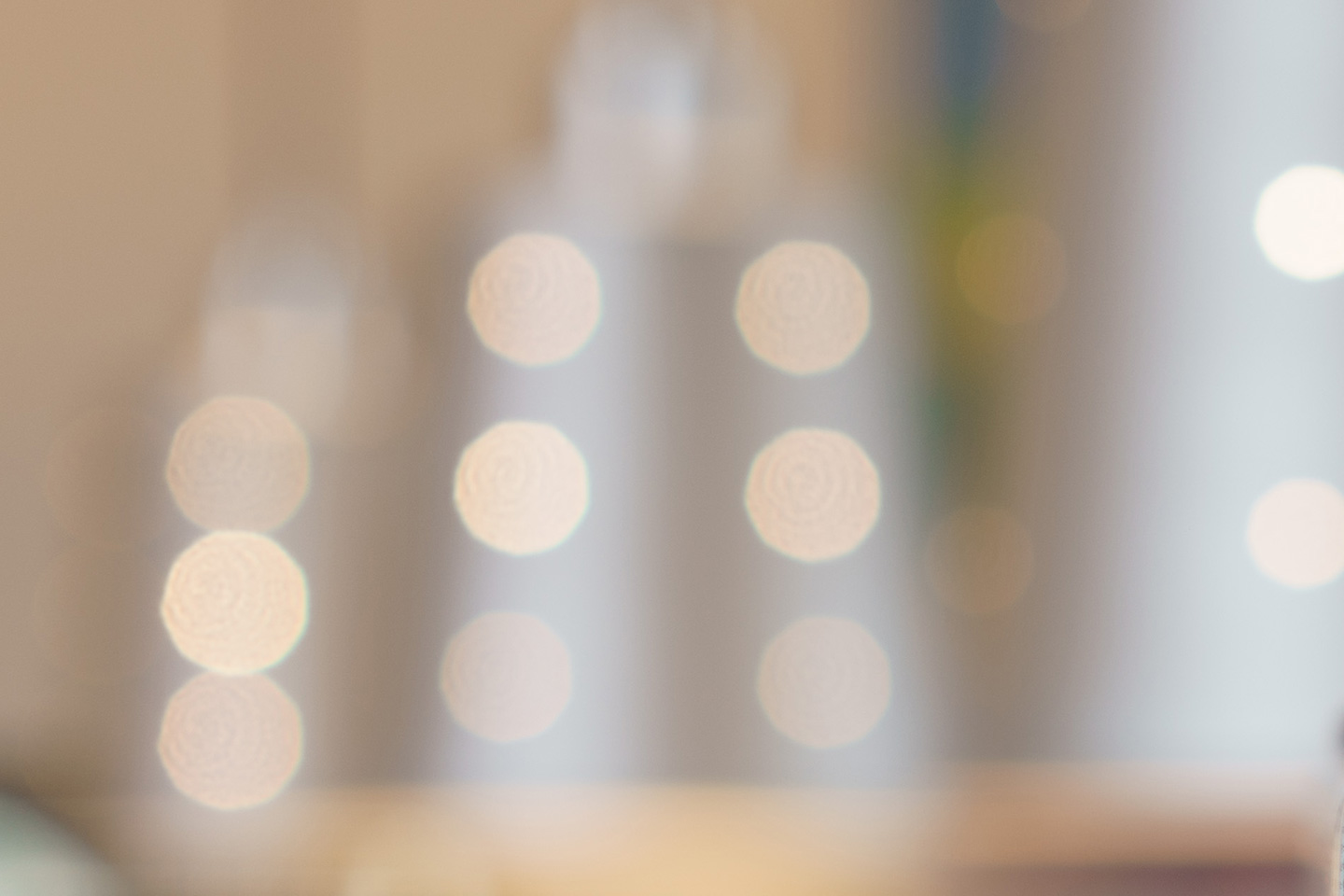
-
Bokeh f2.8 (left the 35mm, right the RX1R) - The size of the bokeh balls is roughly the same. The bokeh balls of the 35mm f2.8 has some more visible onion rings (due to the aspherical lens elements), and a green edge. The RX1R renders the bokeh balls smoother.

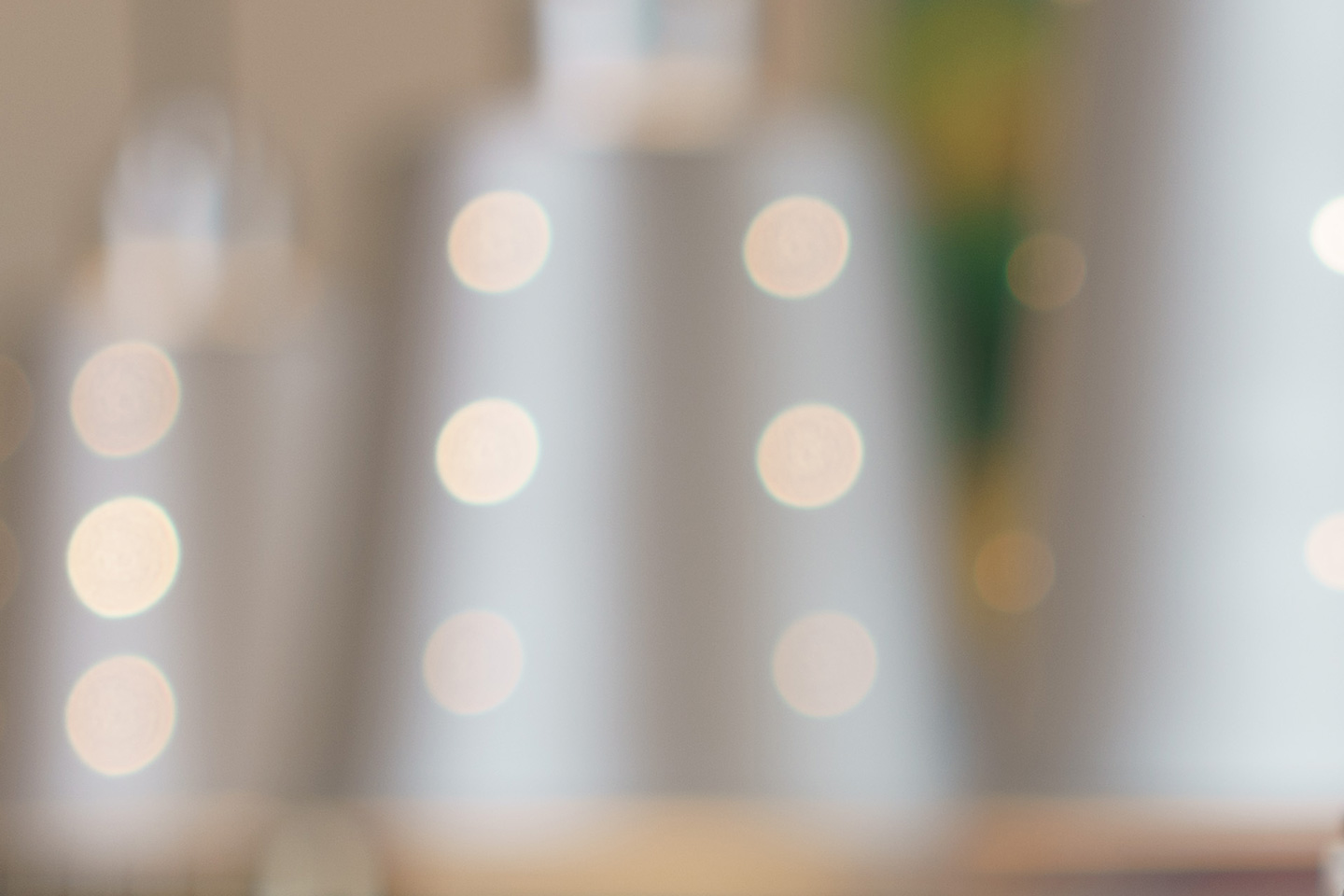
-
Bokeh f5.6 (left the 28mm, right the RX1R) - The same as with f2.8; the size of the bokeh balls for the 28mm F2.0 are bigger. Although the onion rings are still more visible in the bokeh balls, the differences are much less than with f2.0 and f2.8.
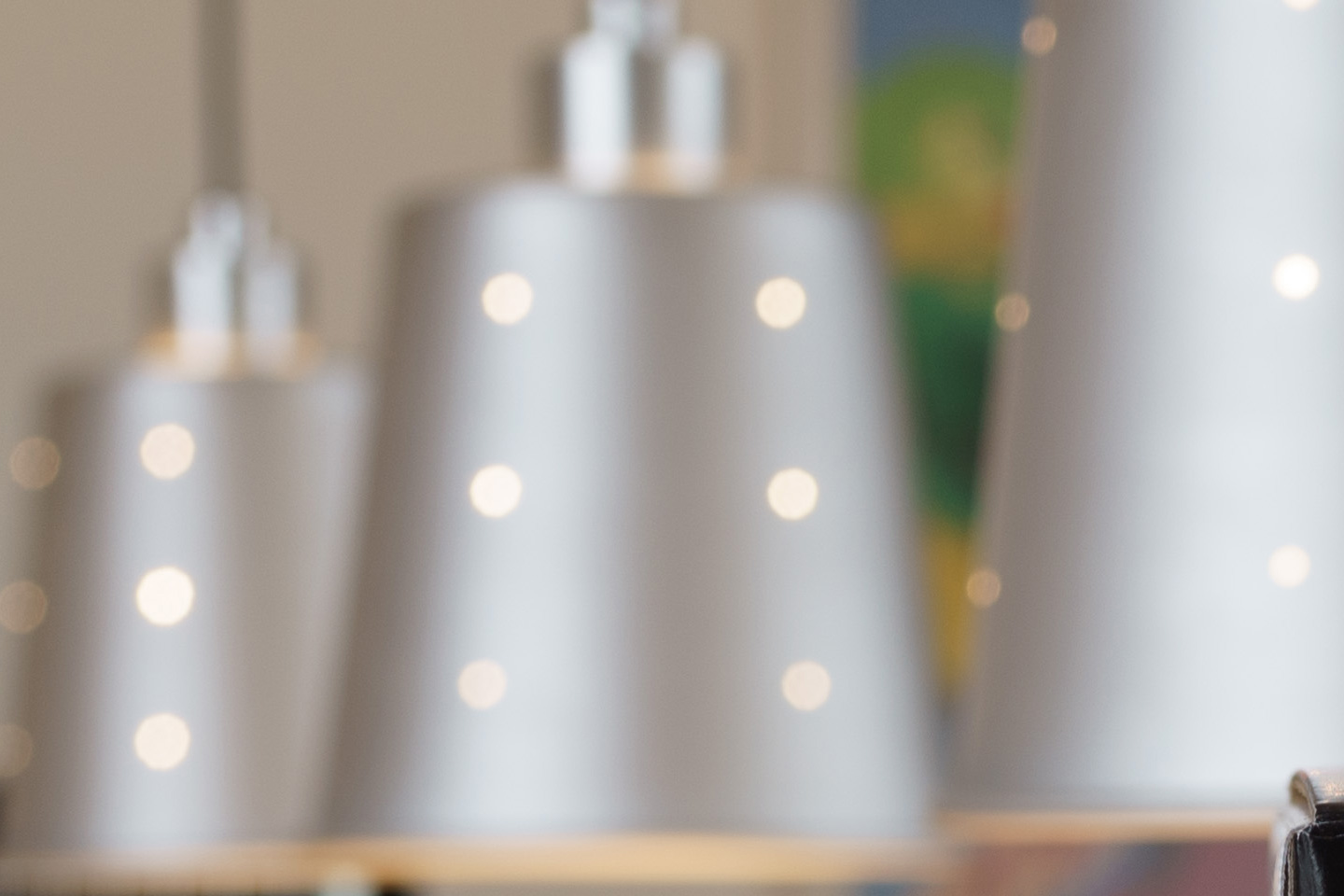
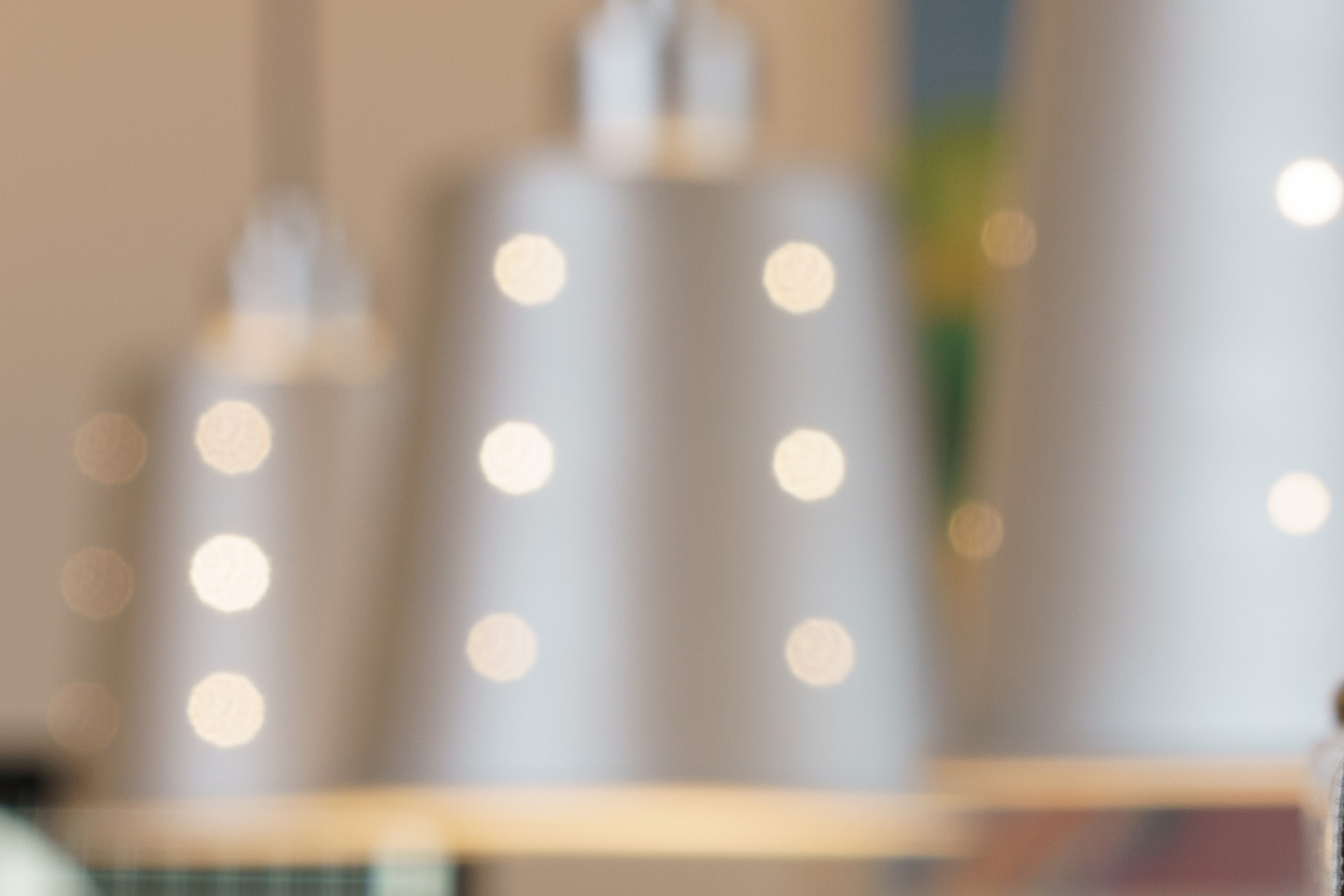
-
Bokeh f5.6 (left the 35mm, right the RX1R) - Almost the same rendering, a tiny bit more onion rings in the 35mm f2.8.
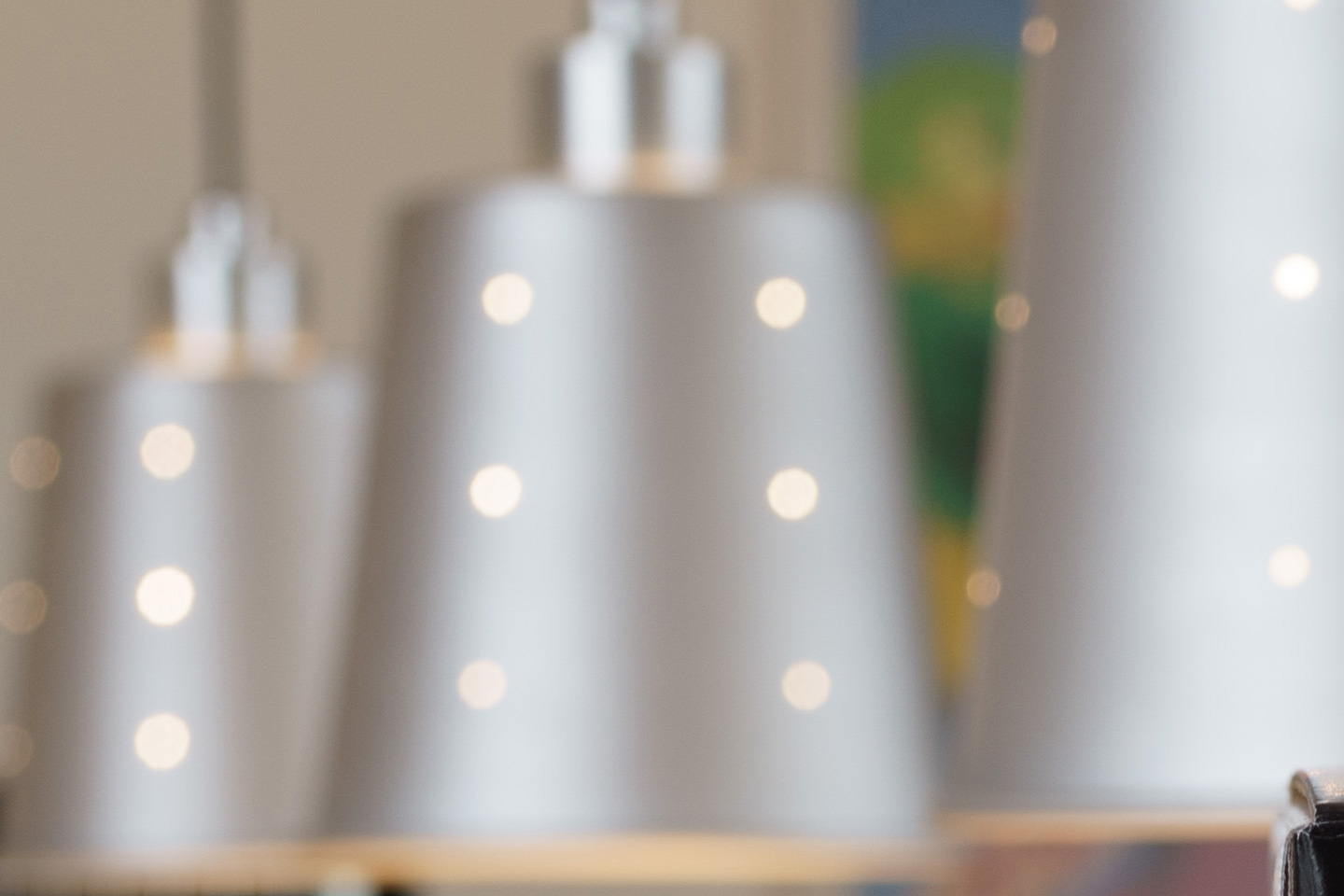
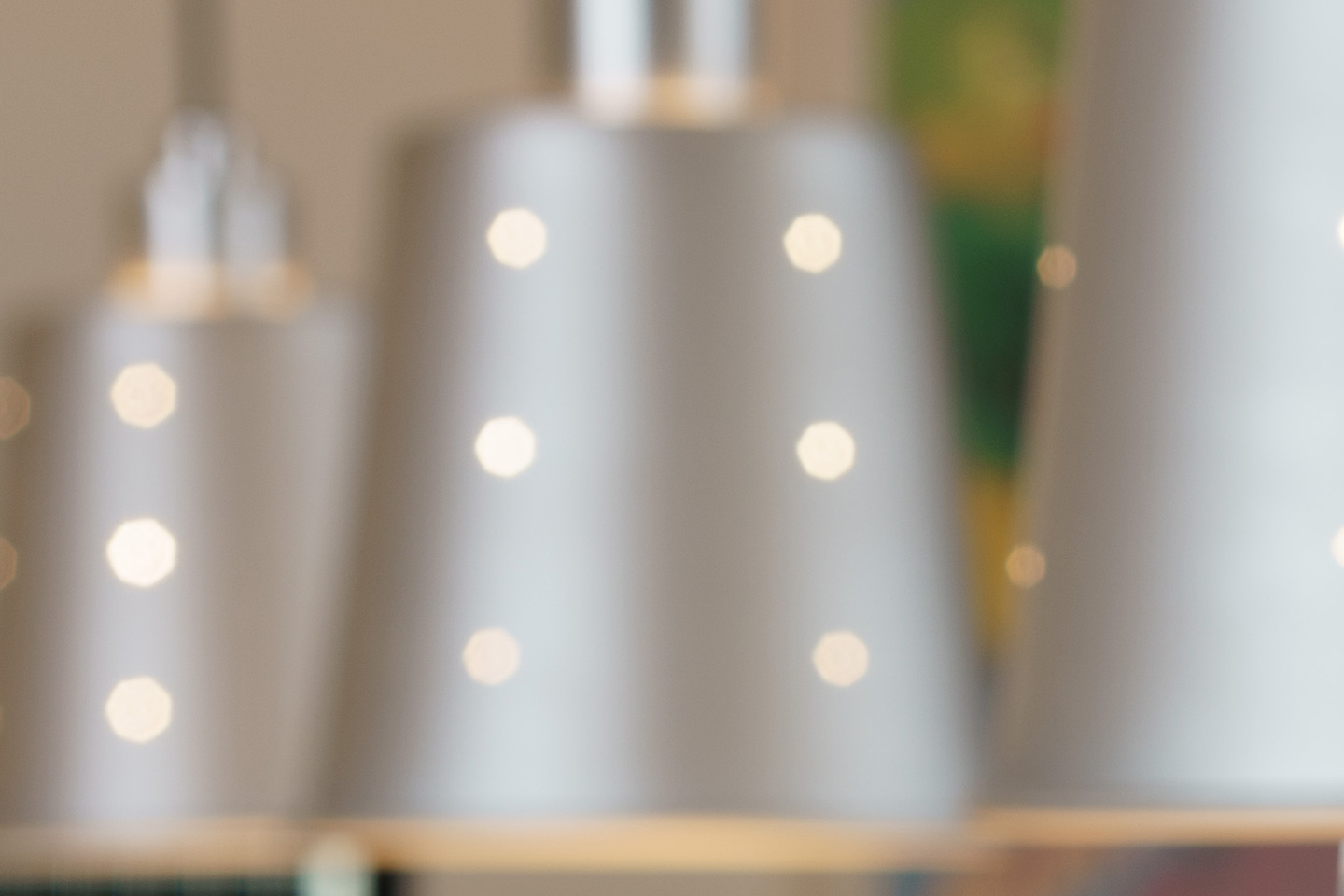
-
Bokeh f2.0 (left the 55mm F1.8, right the RX1R) - I’ve added this example to show if bokeh is your thing, better go with a lens with a longer focal distance. Moving as close as possible to the target gives bigger and rounder bokeh balls.
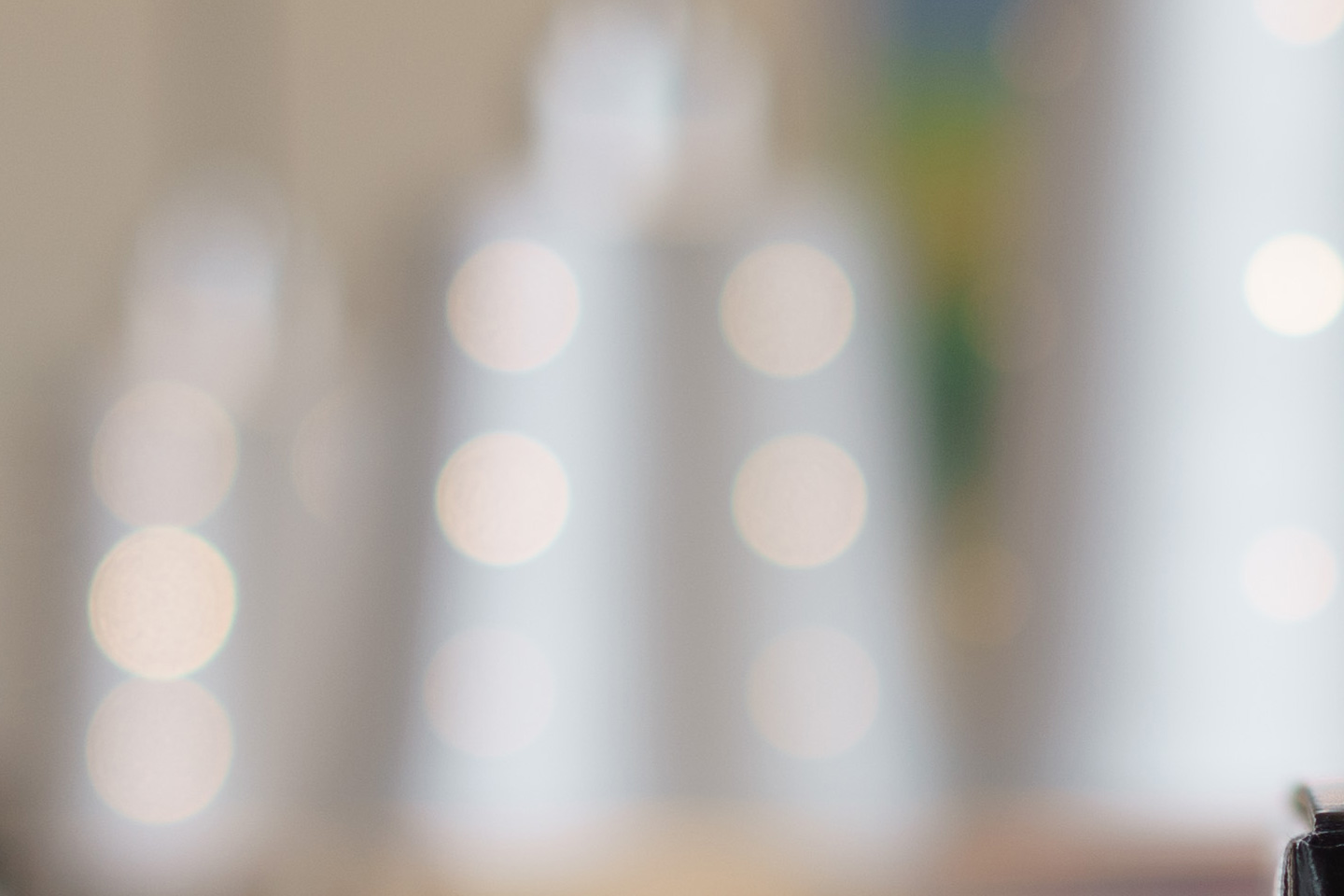

-
Bokeh f2.0 (left the 35mmf F.4, right the RX1R) - Similar as for the 55mm F1.8 I’ve added this example to show if bokeh is your thing, better go with a lens with a wider aperture. You get bigger and smoother bokeh balls.


-
Full Scene f2.0 (left the 28mm, right the RX1R) - I tried to keep the lamp shades at the same place and size, so the 28mm lens is closer to the main object, As you can see in that case, the 28mm F2.0 lens renders the object more smoother.
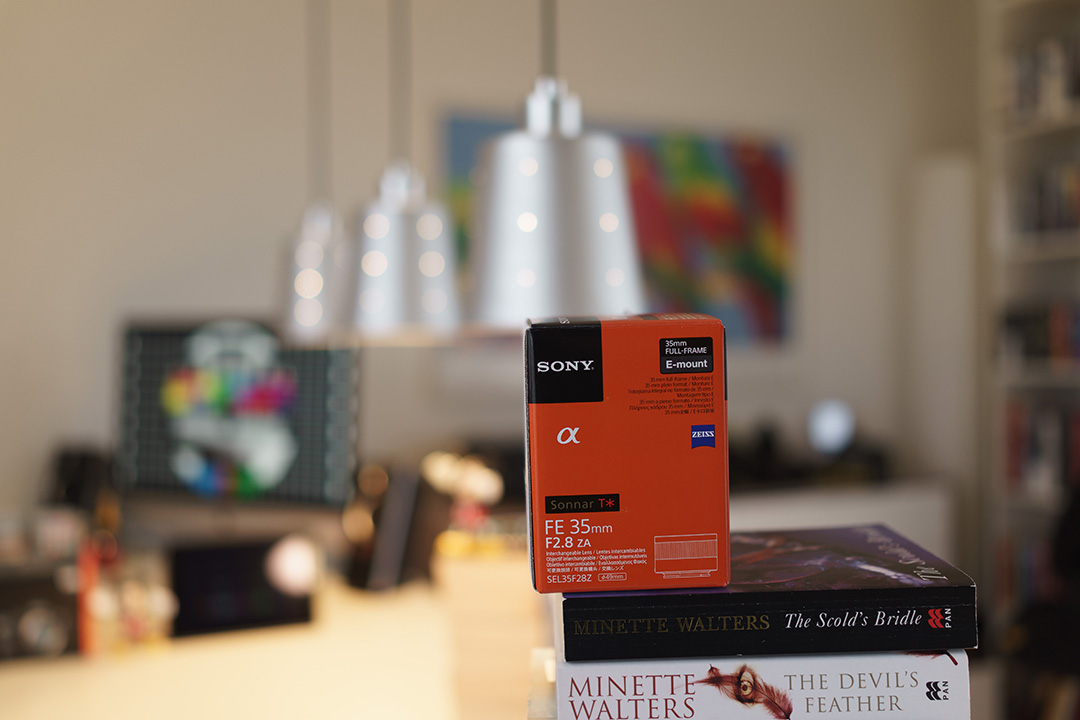
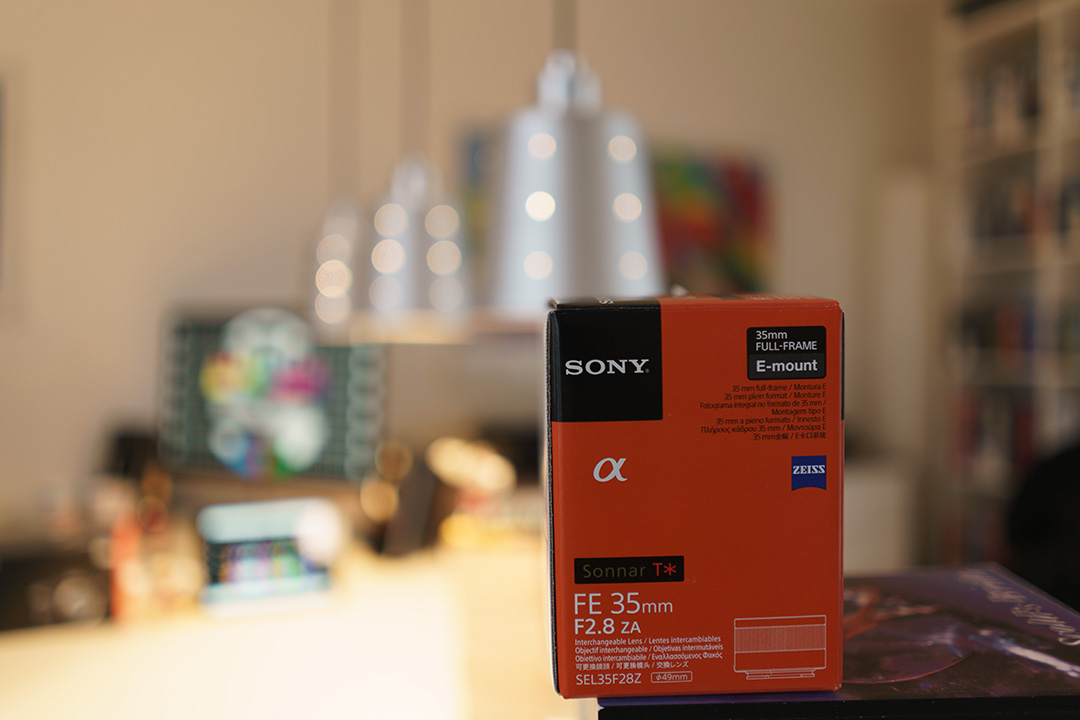
-
Full Scene f2.8 (left the 28mm, right the RX1R) - Same as with f2.0, the 28mm F2.0 lens renders the scene smoother.
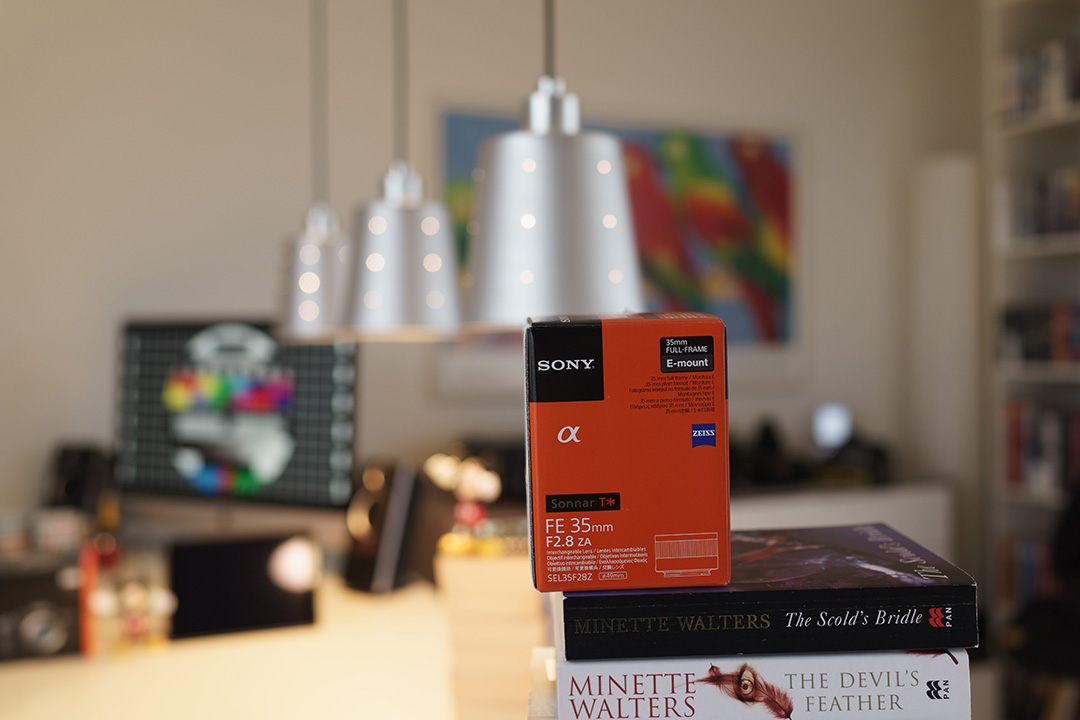
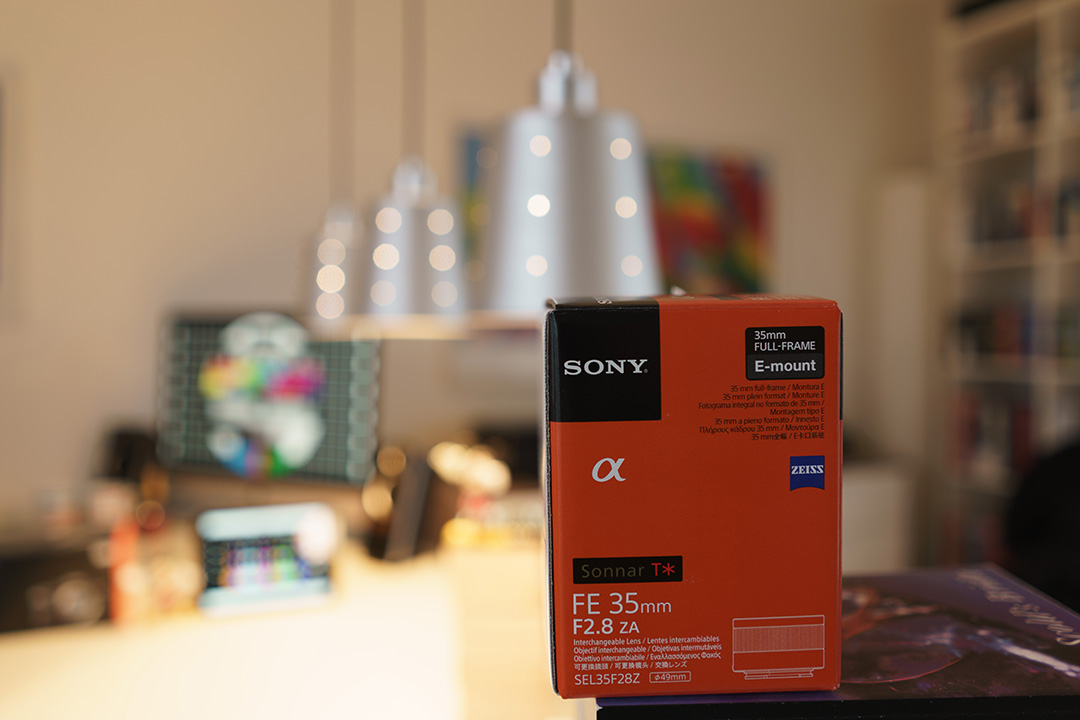
-
Full Scene f2.8 (left the 35mm, right the RX1R) - Although the lamp shades render roughly similar, the bokeh on the background objects on the left bottom of the picture are rendered a bit more “busy” with the 35mm f2.8.
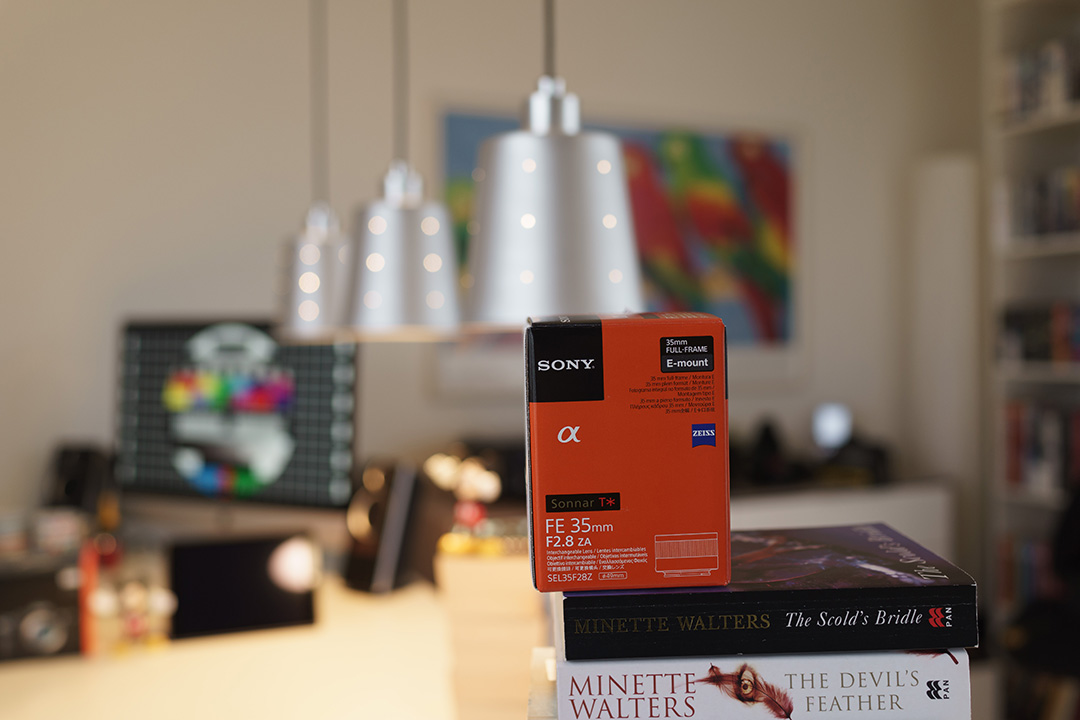
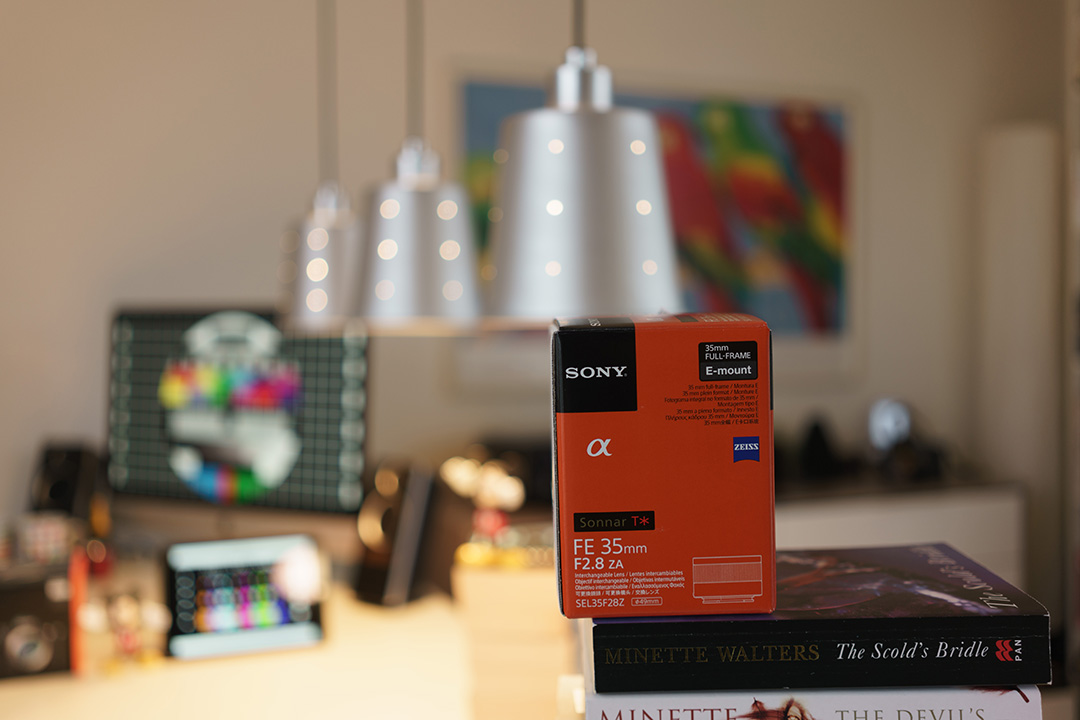
-
Full Scene f5.6 (left the 28mm, right the RX1R) - The background is rendered smoother with the 28mm F2.0 lens.


-
Full Scene f5.6 (left the 35mm, right the RX1R) - The background is rendered smoother with the 35mm F2.8 lens.
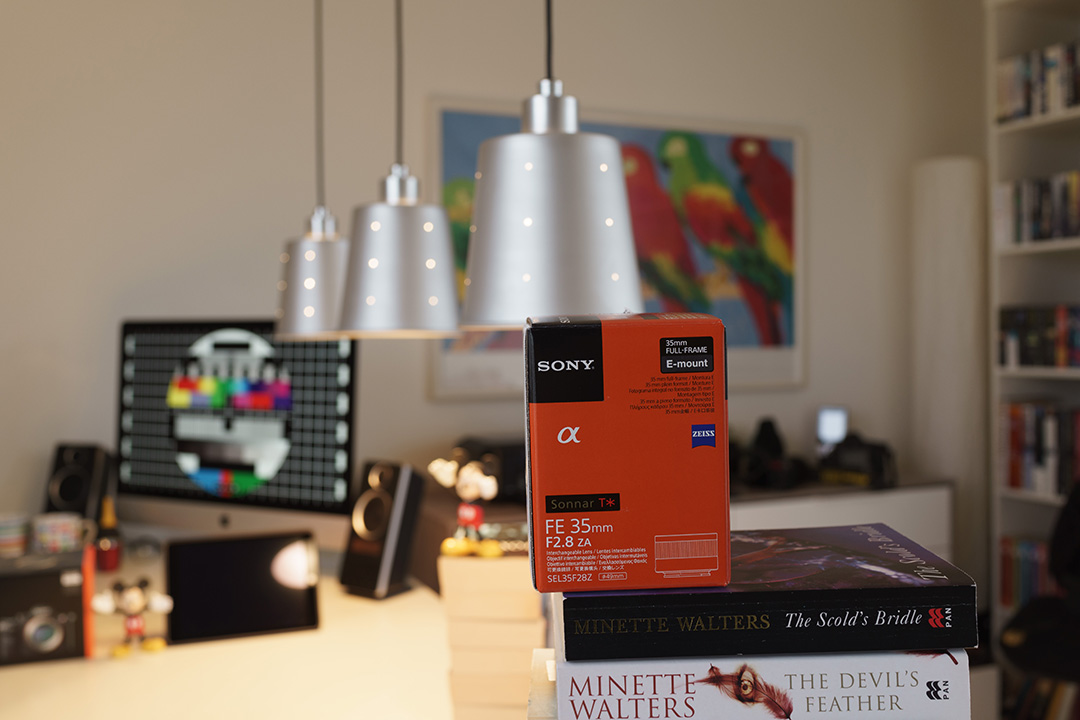

-
Full Scene f2.0 (left the 55mm F1.8, right the RX1R) - The 55mm F1.8 lens gives a more buttery rendering of the scene, and if bokeh is your thing, it is obvious what to choose.
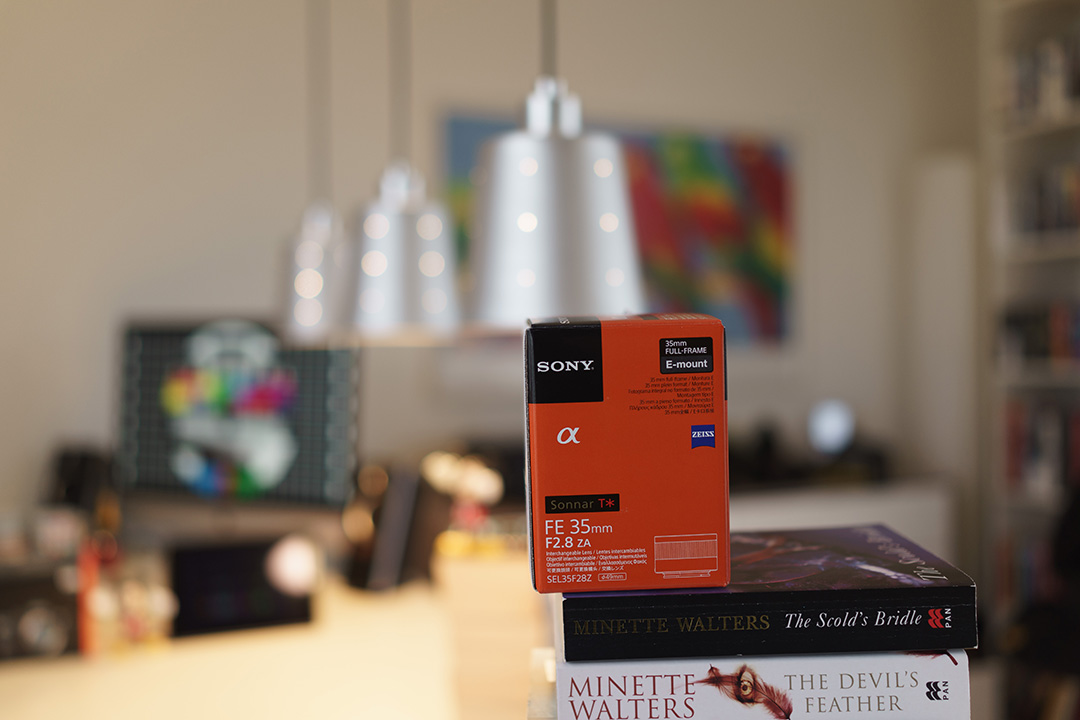
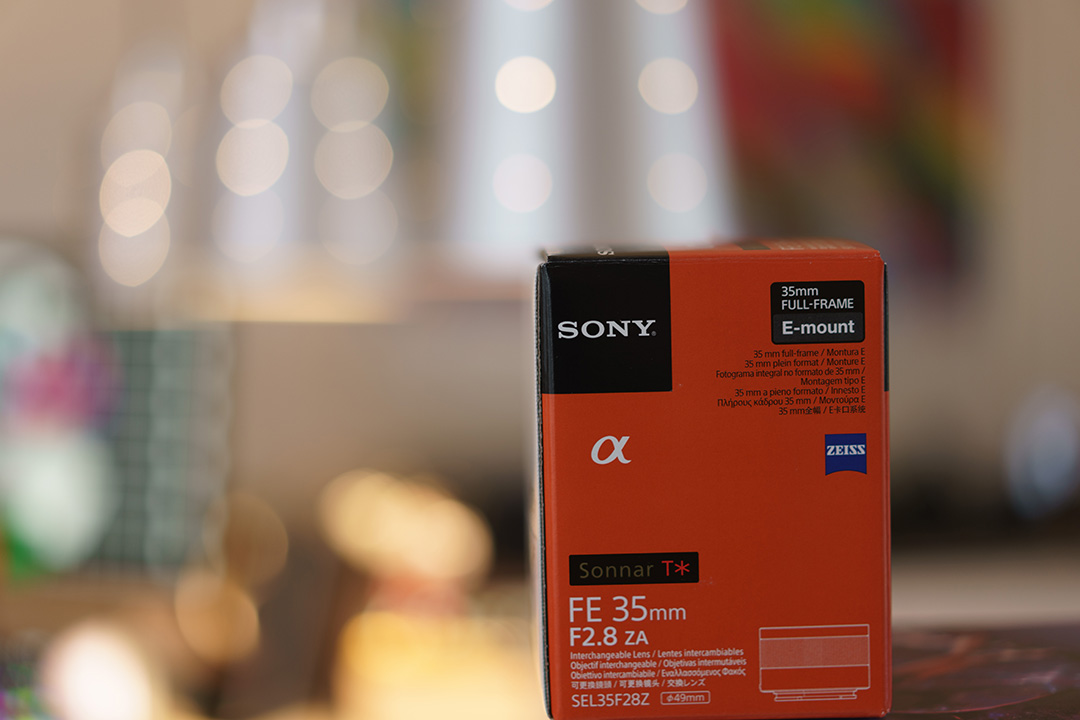
-
Full Scene f2.0 (left the 35mm F1.4, right the RX1R) - The 35mm F1.4 lens gives a more buttery rendering of the scene, and if bokeh is your thing, it is obvious what to choose.
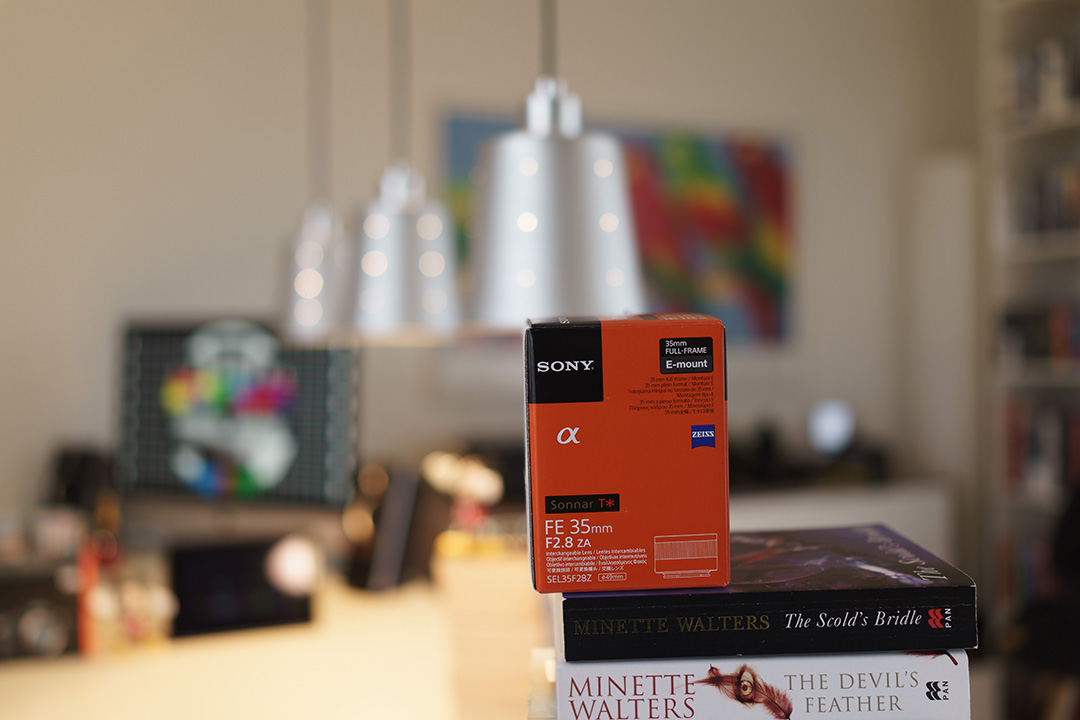
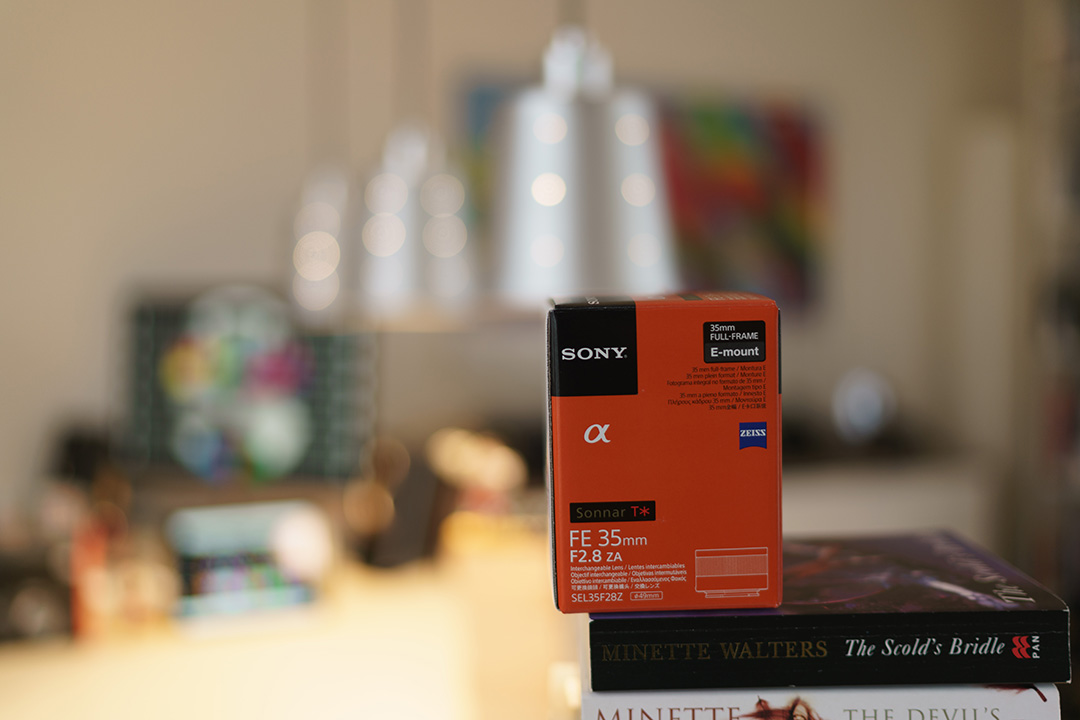
-
Mickey f2.0 (left the 28mm, right the RX1R) - Having an object (mickey Mouse puppet) at exactly the same size, one can see that the 28mm F2.0 renders bokeh similar to the RX1R, there are no relevant different besides the RX1R being a bit more “contrasty” and the 28mm being a bit more “smooth”.
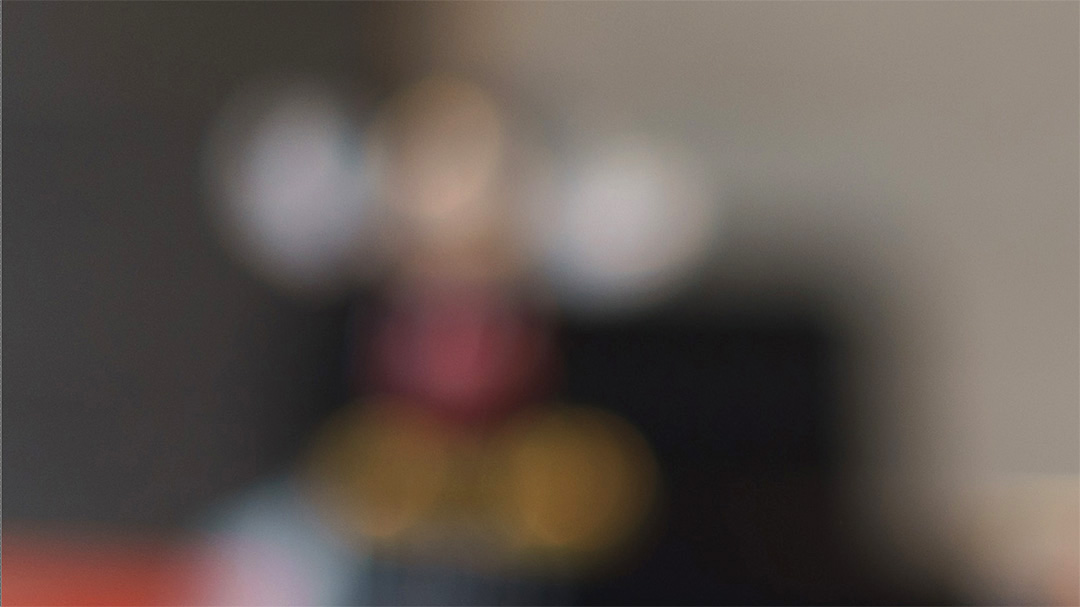

-
Mickey “f2.0” (left the 35mm at it’s most open aperture f2.8, right the RX1R at f2.0) - Here the advantage of having one stop more is obvious, the RX1R is more creamy.

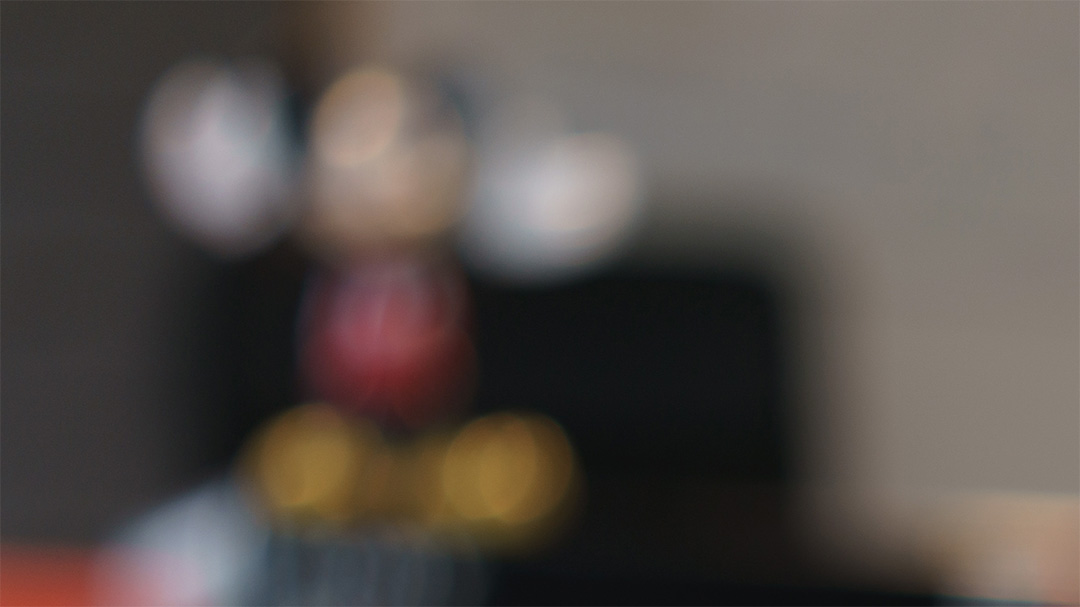
-
Mickey f2.8 (left the 28mm, right the RX1R) - There are no relevant different differences.
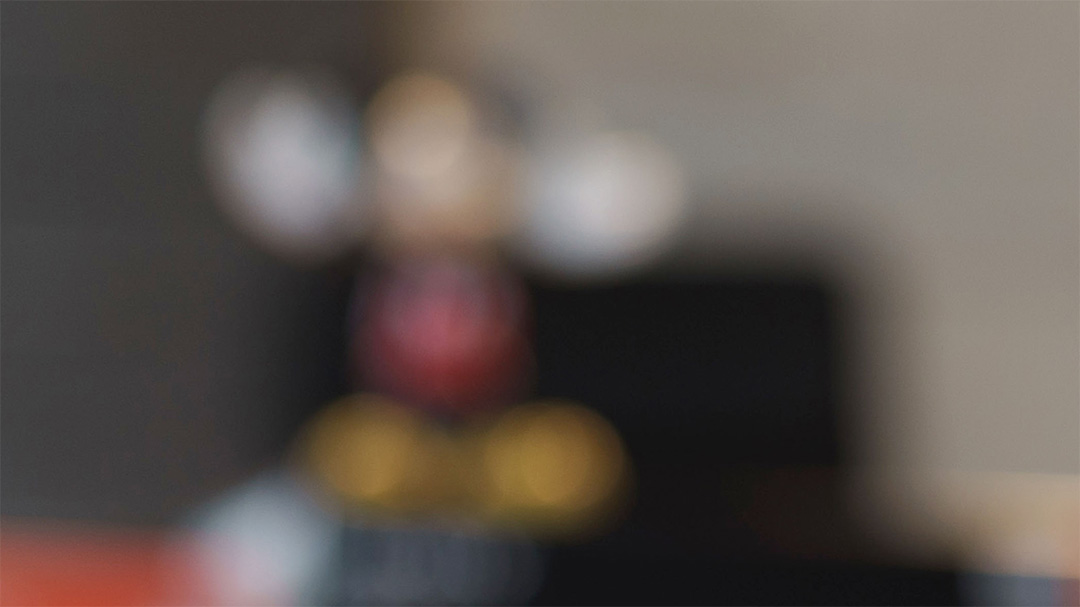
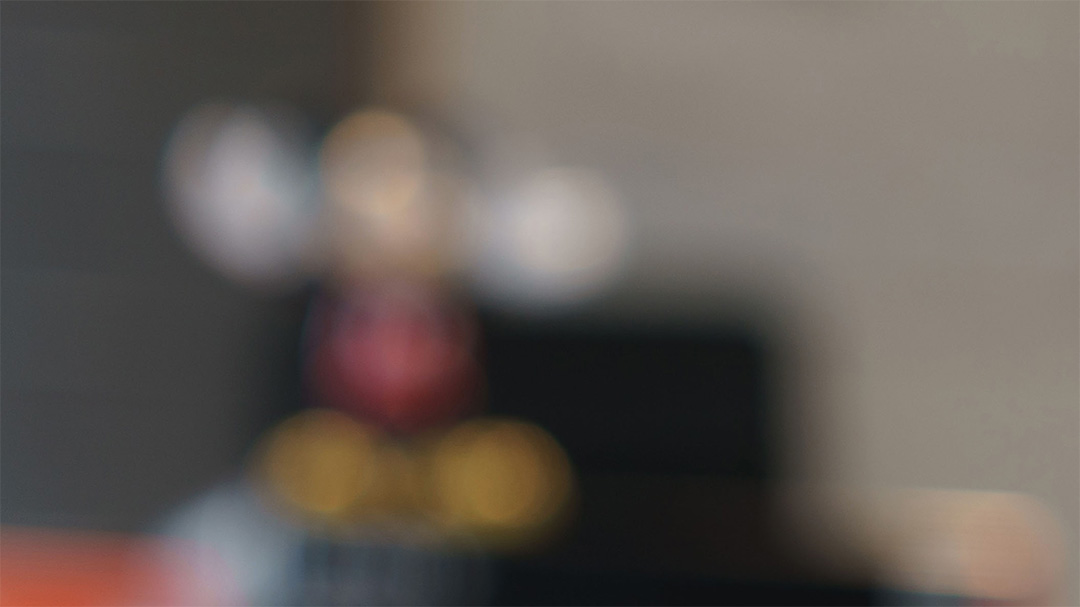
-
Mickey f2.8 (left the 35mm, right the RX1R) - Also at the same aperture, the 35mm f2.8 renders bokeh a bit more busy (more contrast, more edgy).
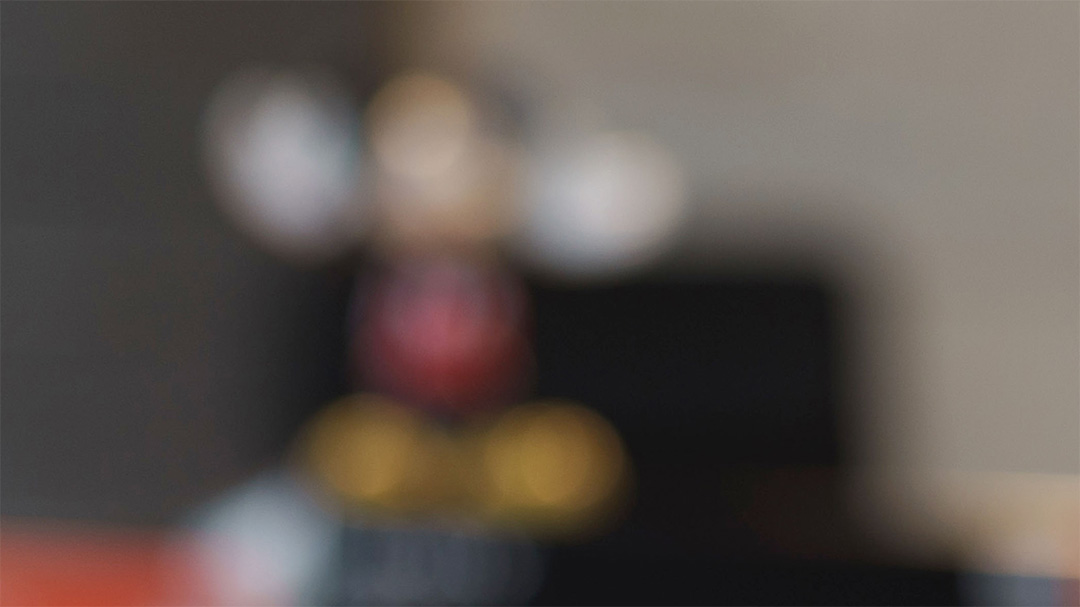
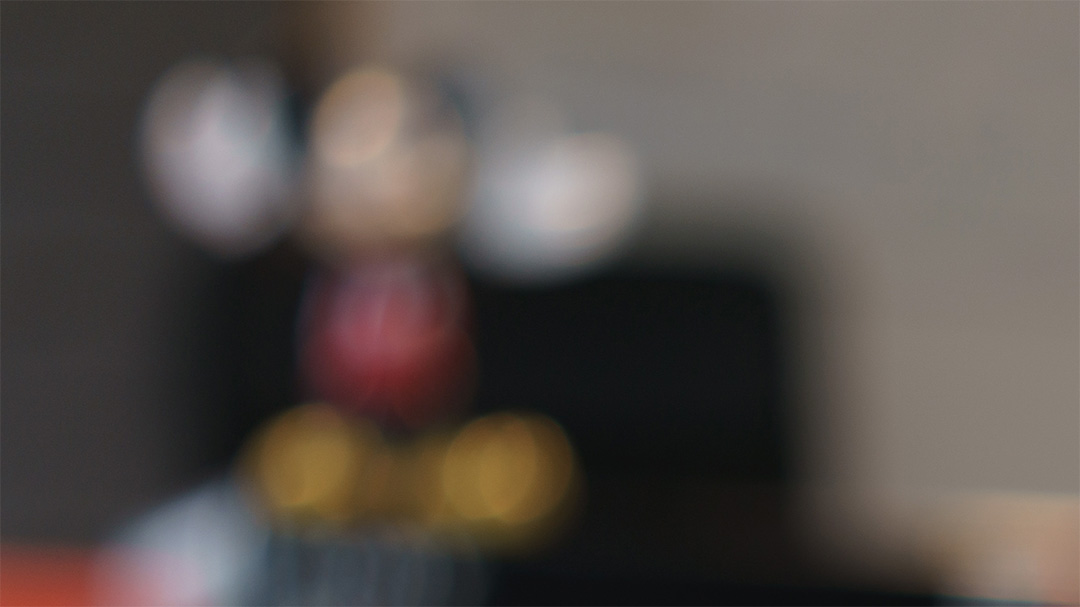
-
Mickey (left the Sigma 35mm ART F1.4 at f1.4, right the RX1R at f2.0) - Having a lens with even a larger opening, shows that although the RX1R renders very nicely, it is not a bokeh king, you can reach better results if you invest in size and weight.
